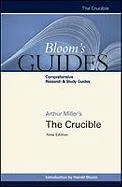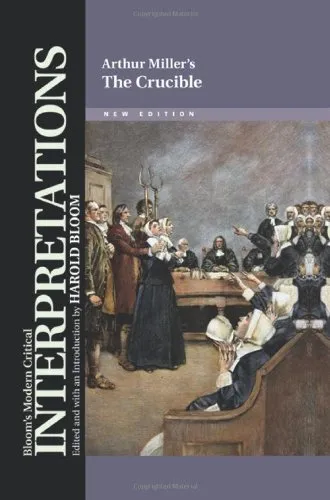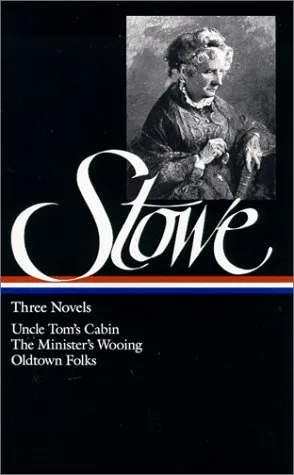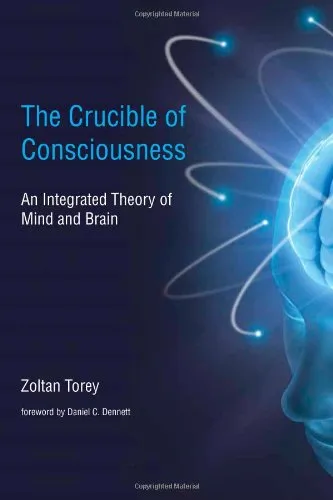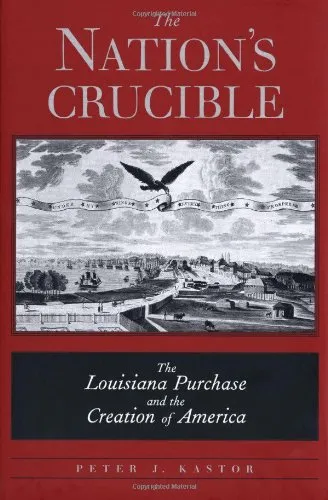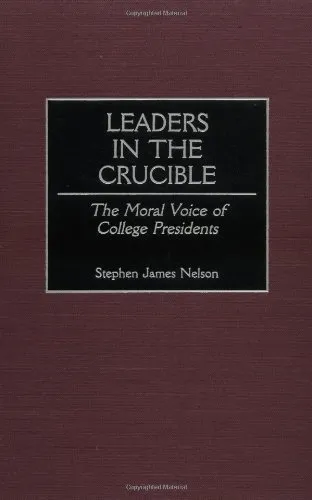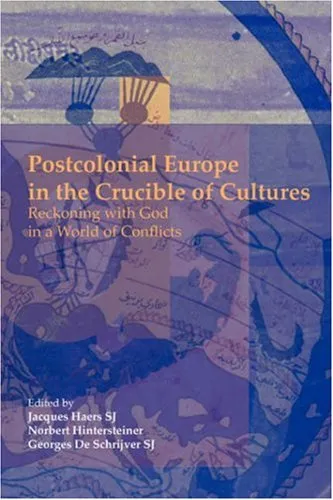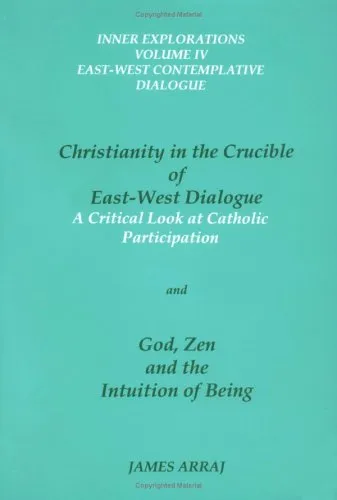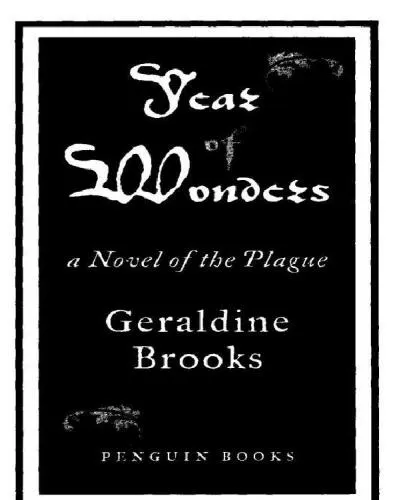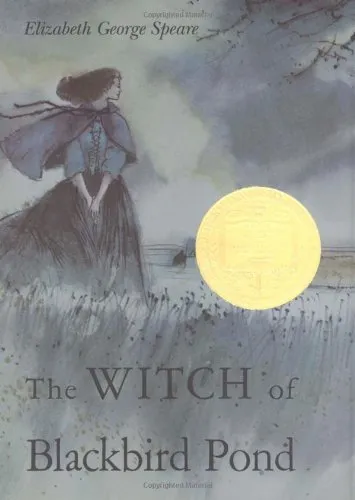The Scarlet Letter
3.4
Reviews from our users

You Can Ask your questions from this book's AI after Login
Each download or ask from book AI costs 2 points. To earn more free points, please visit the Points Guide Page and complete some valuable actions.Related Refrences:
Persian Summary
Introduction to "The Scarlet Letter"
Nathaniel Hawthorne’s "The Scarlet Letter" is a quintessential Romantic novel that critiques the rigid and oppressive social order of 17th-century Puritan America, while exploring themes of sin, guilt, and redemption. Published in 1850, the novel remains a profound commentary on the complexities of moral judgement and the nature of evil.
Detailed Summary of the Book
Set in Puritan Massachusetts Bay Colony during the 1640s, "The Scarlet Letter" begins with the public shaming of Hester Prynne, a woman found guilty of adultery. Condemned to wear a scarlet letter "A" on her chest as a symbol of her sin, Hester's punishment is meant to ostracize her from society. Despite this, she remains in Boston and raises her daughter, Pearl, a living reminder of her transgression.
Hester's secret lover, Reverend Arthur Dimmesdale, is tormented by guilt and fear of exposure. His health declines under the weight of his conscience. Meanwhile, Hester's estranged husband, now disguised as Roger Chillingworth, arrives in town and vows to uncover and torment Hester’s anonymous co-sinner, which adds another layer of tension to the narrative.
Throughout the story, Hawthorne delves into each character’s internal struggle, contrasting Dimmesdale’s hidden guilt with Hester's public shame. As the story unfolds, the true nature of sin, repentance, and redemption for each character is revealed, culminating in a powerful climax on the town scaffold.
Key Takeaways
The duality of secrecy and confession: The novel contrasts the effects of Hester's open admission of sin with Dimmesdale’s secret suffering, revealing how confession can lead to a form of redemption.
The oppressive nature of societal judgement: Hawthorne critiques the Puritanical system of public shaming and moral policing, illustrating its damaging effects on individuals and communities.
The complexity of human emotions and morality: Hawthorne portrays his characters with depth, emphasizing nuanced moral landscapes rather than black-and-white judgments.
Famous Quotes from the Book
"Hester Prynne, therefore, did not flee." - This quote signifies Hester’s courage and defiance in facing her punishment and illustrates her inner strength.
"Be true! Be true! Be true!" - This recurring theme underscores the importance of honesty to oneself and others as a path to personal integrity and societal harmony.
Why This Book Matters
"The Scarlet Letter" is an essential work not only for its rich narrative and complex characters but also for its timeless examination of human nature, morality, and societal norms. Hawthorne's piercing exploration of sin, isolation, and redemption invites readers to contemplate their beliefs and the impact of their judgments upon others. By examining the consequences of guilt and public condemnation, the novel remains a vital study of the human condition, still relevant in modern discussions on morality and justice.
Free Direct Download
You Can Download this book after Login
Accessing books through legal platforms and public libraries not only supports the rights of authors and publishers but also contributes to the sustainability of reading culture. Before downloading, please take a moment to consider these options.
Find this book on other platforms:
WorldCat helps you find books in libraries worldwide.
See ratings, reviews, and discussions on Goodreads.
Find and buy rare or used books on AbeBooks.
1505
بازدید3.4
امتیاز0
نظر98%
رضایتReviews:
3.4
Based on 0 users review
Questions & Answers
Ask questions about this book or help others by answering
No questions yet. Be the first to ask!

